I like filling out forms. No, really, I do. I like how a complicated task like “record your medical history” or “file your income taxes” is broken down into small, discrete steps. I like the clear expectations about what I should and shouldn’t say.
If you hate filling out forms, I invite you to consider that a form is a reflection of the organization that created it. A form can be humane or inhumane, competent or incompetent. It can make your task easier or harder.
Whether I’m the web developer creating the form or the internaut filling out the form, I find it hard to imagine a functioning World Wide Web without forms. My work is so saturated with forms that sometimes, when administering a content management system, I even fill out forms that control other forms that control other forms.
With forms being ubiquitous in my life, from birth certificate to death certificate, I got to wondering just how long they’ve been around. Obviously the idea for computer forms came from paper forms, but what came before that? Here I’ll try to trace the history of forms and their precursors.
The structure of this article will loosely follow Harms in tracing the history through different lines of ancestry — the separate aspects that come together to embody what we typically think of today as forms.
Tables — to organize many cases of the same set of fields
To trace the history of forms, we have to go back in time to before computers, before typewriters, before the printing press, before paper, all the way back to the ancient civilizations of Mesopotamia.
It’s there that we find one of the precursors of forms: tables. Forms and tables share the characteristic of separating constant information (labels, like “City”) from variable information (values entered, like “Athens”) [Harms]. In a sense, each row of a table is a form — a property exploited by “one-write” check/register systems [Harms] [AMS Printing].
According to Robson, as of 2003, “the first securely datable mathematical table in world history” was a Sumerian multiplication table created around 2600 BCE. Unlike the “times table” that many of us learned in elementary school, this early stab at a multiplication table was more of a glorified list. The rows read something like:
- 600 rods by 600 rods equals 360,000 square rods
- 600 rods by 540 rods equals 324,000 square rods
- 600 rods by 480 rods equals 288,000 square rods
- …
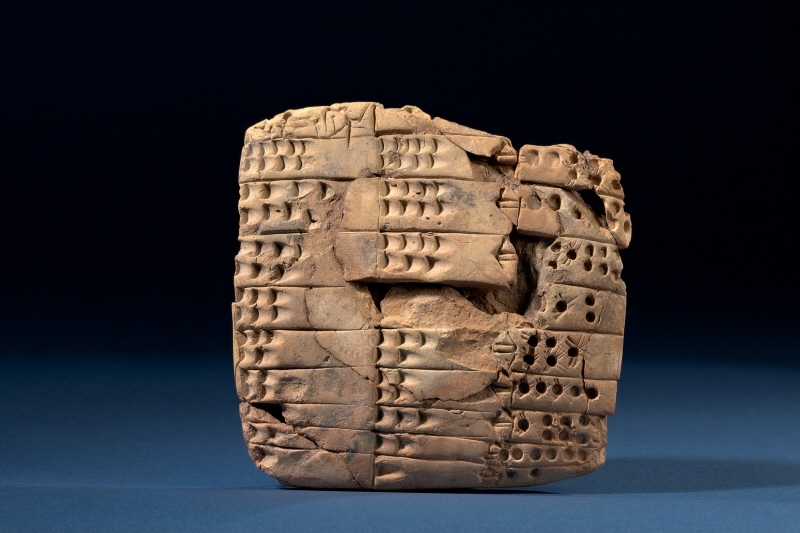
Based on the archaeological evidence, it was apparently not mathematicians but accountants who first realized that you could do more with the row-and-column structure of tables than just align lists neatly. The earliest example of a truly two-dimensional table that archaeologists had found as of 2003 is an accounting of sheep and goats created in Sumeria in about 2028 BCE. It has rows for each type of animal, with headers in the rightmost column, followed by a row containing totals for each column [Robson].

Those new-fangled two-dimensional tables didn’t exactly revolutionize the field of accounting in the Fertile Crescent. “[E]ven in the heyday of Mesopotamian tables in the first half of the eighteenth century BCE, they account for only 1 or 2 per cent of all administrative documents and scribes continued to prefer simpler linear or prosaic methods of managing information.” Nevertheless, by over 3,000 years ago, Mesopotamian scribes were creating tables that looked surprisingly modern, like the payroll spreadsheet below from 1295 BCE [Robson].
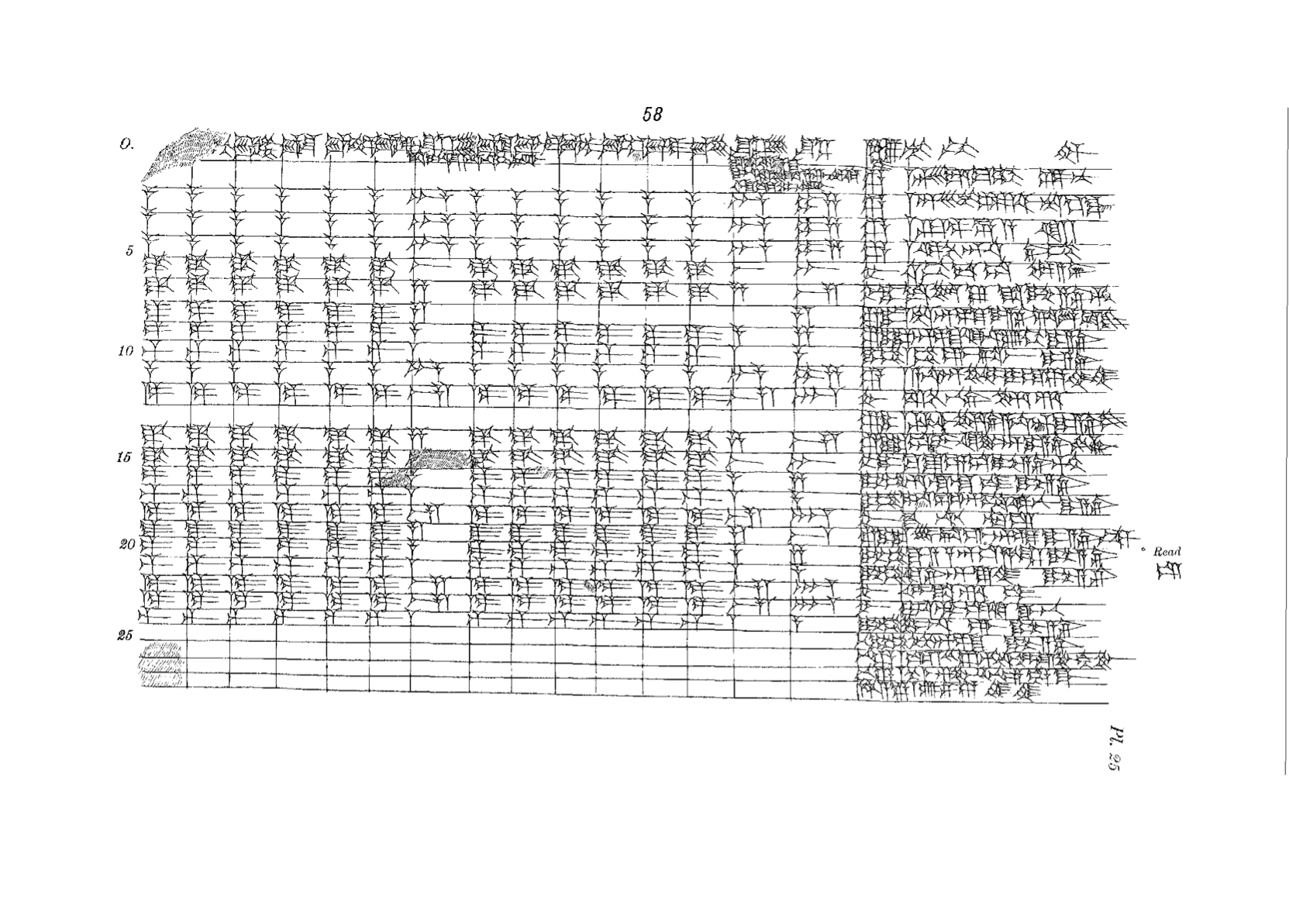
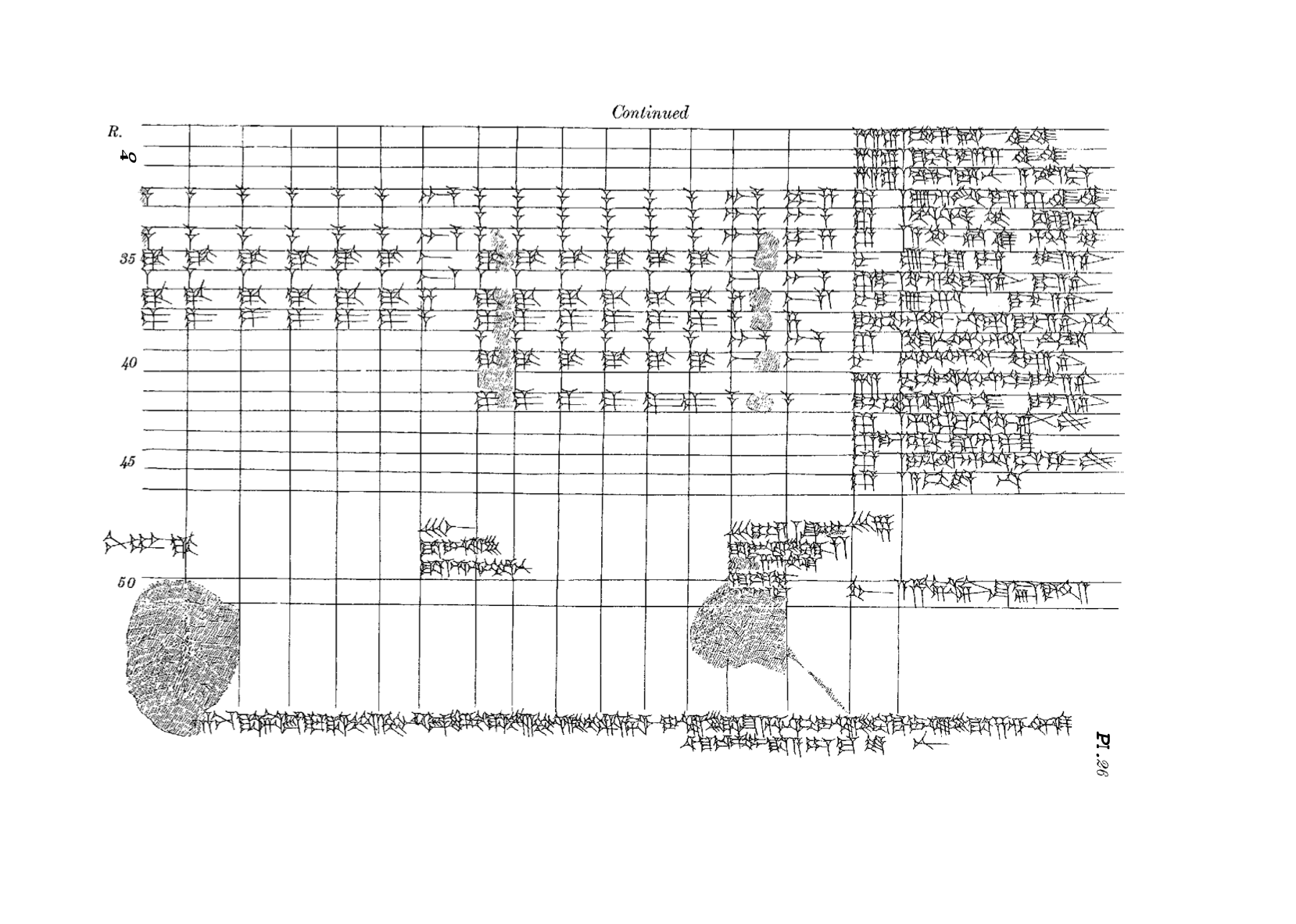
Mesopotamia being just one of several cradles of civilization, it’s not surprising that other civilizations that had invented writing would go on to develop tables. In the Maya civilization of Central America, scholars used tables to record astronomical observations and predict when they would recur. Archaeologists have found astronomical tables, painted on the walls of a small room, that date back to the early 9th century CE [Saturno, Stuart, Aveni, Rossi].
Questionnaires — to standardize the gathering of information
Another stereotypical features of forms is the format that pairs questions or prompts (“name”, “credit card number”, etc.) with spaces to enter the answers [Harms]. Although tables essentially do that, too, this section emphasizes a slightly different problem being solved. In the previous section about tables, I focused on organizing and presenting data. In this section, I focus on collecting data.
I can’t tell you when or why questionnaires were first used, but I can state that one use of questionnaires in ancient civilizations was for governments to collect data about the people in their jurisdiction. When a government would divide up the work of data collection among regional administrators, they’d have much more hope of making sense of the combined data if they instructed the administrators to ask a standard set of questions.
In ancient China, the state government kept track of its population through household registers (huji 戶籍). This was not just out of curiosity, but in order to requisition taxes, corvée labor, and military service. [Sou] [Theobald]
Archaeologists have unearthed household registers written on wooden slips that date back to the Qin dynasty (222–206 BCE). In a collection of slips described by [Sou], many had a similar format: horizontal lines dividing the slip into five cells, with different categories of people recorded in each cell (male adults, female adults, male minors, female minors, bondservants).
The Shiji (Records of the [Grand] Scribe), a history book written in the 2nd–1st century BCE, states that household registers were in use as early as 375 BCE. An earlier source, the Shangjunshu (Book of Lord Shang), written in the 4th–3rd century BCE, according to [Sou], “denoted that all male and female persons must have their names recorded when they are born and deleted after death, indicating the usage of a population register managed by the government.” [Sou] [Theobald]
Ancient Rome had a system similar to household registers: the census. When researching the origins of censuses, I found that I had to watch out for two pitfalls. First, it wasn’t safe to assume that taking a census implied asking a standard set of questions. For example, [Dionysius] tells the story of a king who supposedly combined census-answering and tax-paying rather cleverly into one action by “order[ing] all those of the same village to contribute, by paying each of them a certain piece of money; one sort of which was to be paid by the men, another by the women, and a third by the children: When these pieces of money were told by those, who presided at the sacrifices, the number of people, distinguished by their sex, and age, became known…”
The other pitfall was unreliable “facts” bouncing around the internet. For example, I found dozens of websites echoing the factoid that the first census was taken in Babylon in 3800 BCE. When I tried to track down the original source for this claim, I couldn’t find it, but instead found one source saying that the 3800 BCE date “seems to have resulted from a misinterpretation by an overzealous early twentieth-century statistician” [Whitby].
As with China’s household registers, our knowledge about Rome’s censuses comes from a combination of ancient texts and archaeological evidence. The earliest archaeological evidence of a Roman census that I found in my websearches dates back to 3 BCE. “Every fourteen years the inhabitants of [the Roman province of] Egypt were required to submit a declaration to local authorities containing the names, ages, and other identifying information of all co-residents.” A portion of the tattered remains of one such declaration is pictured below. [Claytor, Bagnall]
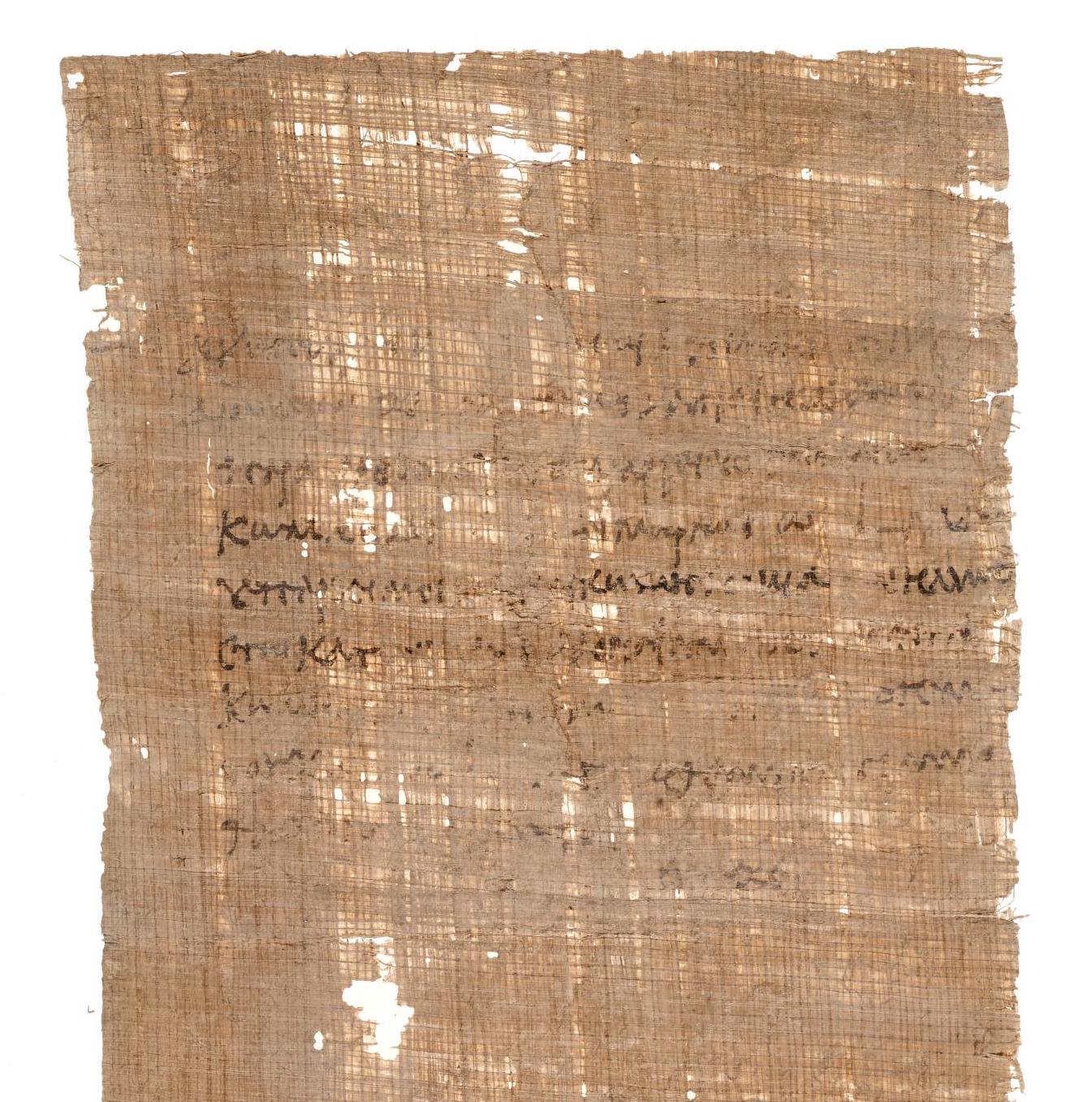
Blank spaces — to divide the labor of creating official documents
Because the word “form” has multiple meanings, whenever I mentioned to someone that I was writing an article about forms, I would add, “the kind of forms that you fill out”. The presence of blank spaces is one of the defining features of forms. Sometimes forms are even called “blanks”. Fill-in-the-blank or “cloze-style” documents lead us through another line of ancestry to today’s forms [Harms].
From ancient times to the present day, people creating official documents that require exactly the right wording have used templates with blank spaces or placeholders — sometimes copying the template from a book and inserting names and dates where the book had placeholders, other times using prefabricated copies and writing directly in the blanks. Examples of placeholders include the ancient Greek word δεῖνα [Nowak], meaning “so and so” or “such a one” [Sandborg-Petersen], and the late Latin word ille, meaning “that” [Jacoby].
The earliest uses of templates that I found in my websearching were the ancient Egyptian texts called The Book of Going Forth By Day, better known as The Book of the Dead. Scribes wrote these religious documents on papyrus, at first for royalty and later for a broader customer base [Warren]. “By the New Kingdom (circa 1539–1075 B.C.), access to the Book of the Dead was more widespread. Some copies were lavishly illustrated and costly; others seem more mass-produced with blank spaces where the deceased’s name could be filled in to personalize their copy” [Castellano].
Nowak describes the use of templates for wills and other documents in ancient Rome:
“In the time of the Republic there were individuals, versed in law to some extent, who earned their living by drafting legal deeds, including wills. The existence of such specialists should not surprise us, since the rules governing wills were complicated and anyone unfamiliar with them would have encountered significant problems with the correct formulation. Of course, not all of these specialists would have possessed sufficient legal knowledge to draft a document on their own; they had access to templates containing generic clauses and blank spaces into which names, dates, and other important elements could be inserted. The popularity of these templates would have continued into the Roman imperial period; some examples – including a bronze tablet inscribed with a formula for drafting fiducia cum creditore – have even survived to the present day.
“The popularity of these templates in antiquity extended well beyond the legal sphere. Similar formulae were applied in magic and cultic practices, and there were ready-made patterns available for prayers and incantations. Perhaps the best proof for the popularity of patterns is the fact that the term δεῖνα, the placeholder word which appeared in the forms where a real name was to be written, had its own symbol in papyri. In magical and religious papyri, which required perfect accuracy in order to be effective, the use of pre-set formulae would have made a great deal of sense. Yet there were many other groups of texts based on templates, including epitaphs and even letters. The existence of legal deeds based on patterns – especially more complicated deeds, such as wills – is an obvious extension of this phenomenon.”
Below is one of the templates described by Nowak, along with some other fill-in-the-blank documents through history.
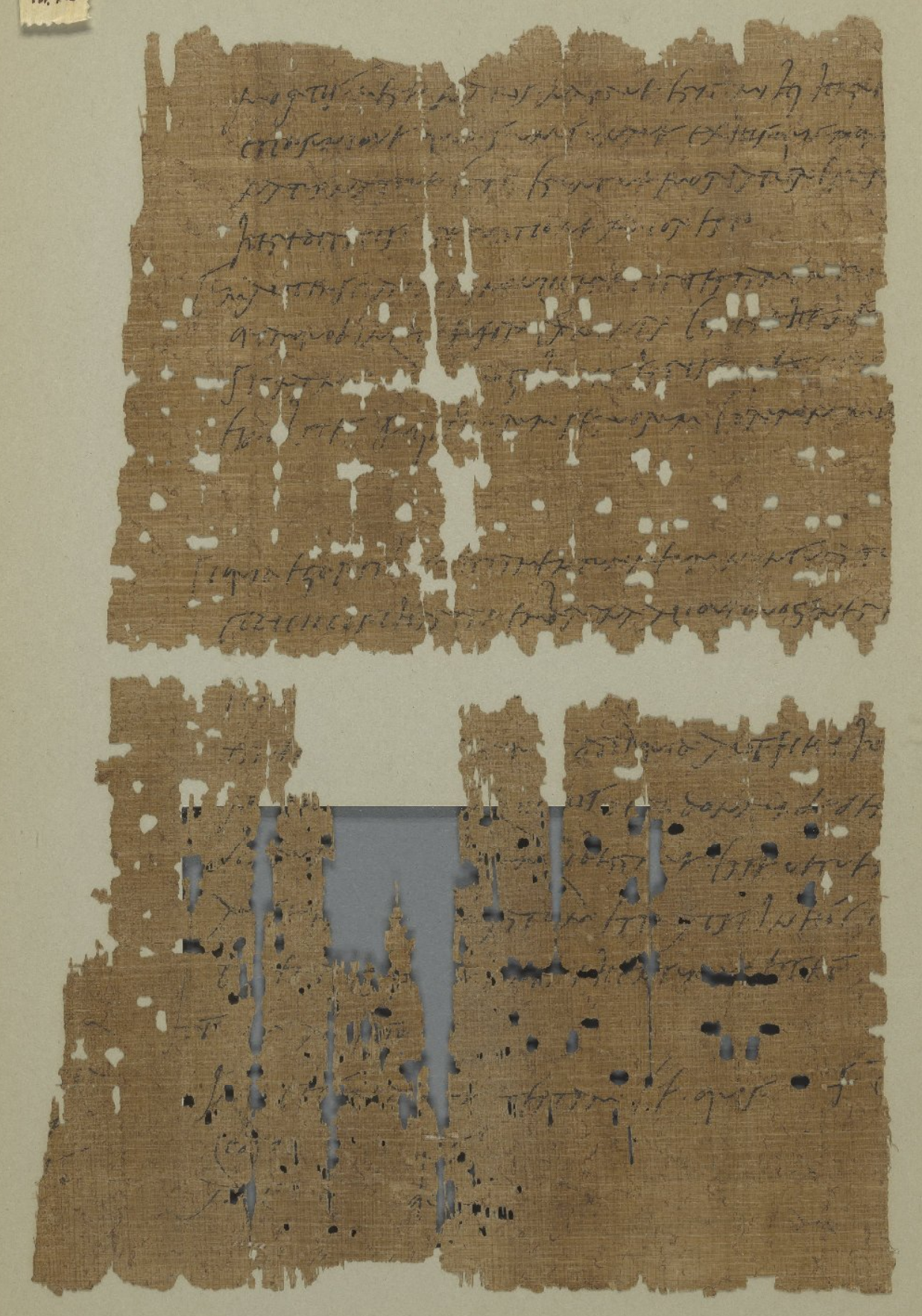

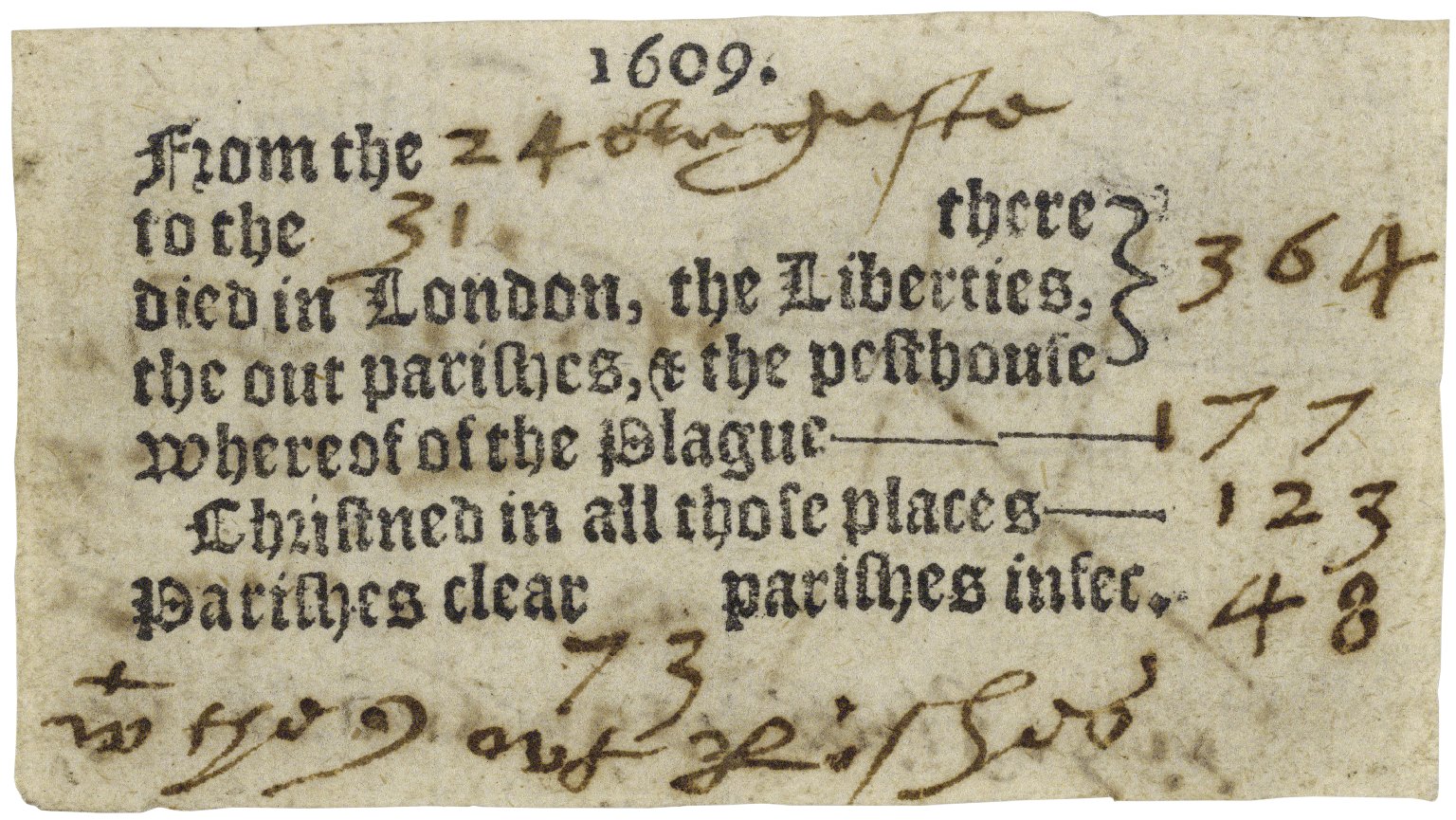

The misuse of forms
The last form pictured above had fateful consequences when it crossed the path of a theology professor named Martin Luther. “This indulgence, issued by the Archbishop of Mainz and Magdeburg, has blank spaces for the name of the recipient, the month of the year and the day of the week. It was issued for the use of John Tetzel, the immediate cause of the Reformation, since it was he who took over Luther’s church, ejecting him from his own pulpit, so that he could sell his indulgences. It was in direct response to Tetzel’s usurpation of his church that Luther wrote and published the 95 Theses – theses whose overwhelming subject is the sale of indulgences.” [Stallybrass]
Forms have been around for a long time, and so has the misuse of forms. Centuries before Luther, an administrator in Song-dynasty China complained about a bad habit that still persists today. “In 1033, Co-Director of the Left Treasury (Tongjian Zuocang ku), Han Qi, presented a petition noting that [previous emperor] Zhenzong had created the Inner Palace Requisition Verification and Auditing Office in 1021 to approve palace requisitions for money and material from state treasuries and warehouses. He then complained that, in practice, supervisors issued blank forms which were filled out only after withdrawals were made. The emperor approved his request and ordered that all requisitions should be filled out [in] advance.” [Hartwell]
Accusations of government officials signing off on blank forms also played a role in the French Revolution. “The lettre de cachet was an official order granted by the royal administration for the imprisonment or exile of an individual without public trial or proceedings… Robespierre and others spread fear about the lettre de cachet en blanc, purporting that royal ministers received stacks of blank forms to arbitrarily ‘fill in with the names of those odious or suspect to them.’” [Kharazian]
Jewish rabbis in ancient times tried to head off the misuse of forms by detailing some of the “do”s and “don’t”s in the Mishnah. Mishnah Gittin 3:2 states: “[A scribe] who writes out formulas of bills of divorce must leave blank spaces for the name of the man and the name of the woman and the date. [A scribe who writes] loan documents must leave blank spaces for the name of the lender, the name of the borrower, the amount of money and the date. [A scribe who writes] sale documents must leave blank spaces for the name of the seller, the name of the purchaser, the amount of money, the property and the date…” Mishnah Gittin 3:1 forbids a husband from obtaining a blank divorce form from a scribe before deciding which of his wives to divorce.
Nowadays, here in the Information Age, with humanity’s two millennia of accumulated knowledge about forms… well, let’s just say that that knowledge hasn’t filtered down to every web developer, health care provider, or human resources administrator who designs a form. Few of us understand the intricacies of even basic questions like name [McKenzie] and gender [Faucette], let alone have a thorough grounding in questionnaire design. Not many of us are well-versed in the visual design of forms, either. You’re lucky if — unlike the 1609 bill of mortality pictured above — the blanks are big enough to fit your answers in.
As I asserted in the introduction, a form is a reflection of the organization that created it. If a form is riddled with ignorance and narrow-mindedness, if it demonstrates a lack of foresight, if it’s oblivious to the comfort of the person filling it out… well, then it’s not unusual. One interesting thing about forms is how fault-tolerant they are. Or perhaps it’s how fault-tolerant those of us filling them out are. Somehow, we usually manage to muddle through and provide information more or less in the format that the people on the other end need to work with.
The proliferation of forms
Forms became increasingly popular as organizations, secular and religious, scaled up to mass production. “From Gutenberg on, the printed forms that we now take for granted (tax forms, in particular) proliferated. Millions of indulgences were sold before the Reformation, and they provided the model for later blank forms for taxation and other government purposes, such as recording the births of illegitimate children and certifying that corpses were buried in wool rather than linen1. Such forms required ever increasing numbers of people, whether professional bureaucrats or ordinary citizens, to be able to write so as to complete them.” [Stallybrass, Mendle, Wolfe]
Bureaucracy has propelled the profusion of forms. I don’t mean bureaucracy in the pejorative sense of “government red tape”, but broadly as a form of organization so pervasive that we take it for granted — “the generalized means to control any large social system in most institutional areas and in most cultures since the emergence of such systems by about 3000 B.C.” Although bureaucracy has been around for a long time, “bureaucratic organization did not begin to achieve anything approximating its modern form until the late Industrial Revolution.” [Beniger]
Beniger, summarizing Weber, says that one of the defining characteristics of a bureaucracy is the “impersonal orientation of structure to the information that it processes, usually identified as ‘cases,’ with a predetermined formal set of rules governing all decisions and responses.” Closely related to bureaucracy is the idea of rationalization: that “control can be increased not only by increasing the capability to process information but also by decreasing the amount of information to be processed,” for example “what computer scientists now call preprocessing.” In an environment of bureaucracy and rationalization, the invention of forms seems almost inevitable.
Forms transformed the face, and the interface, of bureaucracy. “Earlier public administrations also used forms and questionnaires, but these were filled by officers instead of by citizens, and thus by members of the same organization. In contrast, 20th century governments delegated the increasing administrative workload that resulted from large social welfare programs to citizens – who then had to fill out forms on their own. In consequence, forms took over the role of officers as mediating interfaces between citizens and public administration.” [Harms], summarizing [Becker]
As office technology evolved, so did the way that forms were produced, filled out, and processed. Inventions like carbon paper (and its oddly named successor, carbonless paper), optical mark recognition (punch cards, including portable ones for data entry in the field [Smith], and Scantron bubbles), check-signing machines [Early Office Museum], and even a typewriter that automatically tabs to the start of form fields [Messenger] enabled businesses and governments to deal with increasing quantities of forms with decreasing amounts of human labor.
I would have guessed that interactive forms made the leap to digital computers sometime after monitors became common. Nope! Harms gives an example of a hospital information system in which staff could fill out forms, and even define schemas for new forms, via teletype. The system was in use at Massachusetts General Hospital as early as 1965 [Allen, Barnett, Castleman].
Forms have been part of graphical user interfaces almost since their inception. Among the software initially available on the Xerox Alto (1973), a prototype for personal computers that was used in-house at Xerox, was a file manager whose GUI contained text fields: labeled prompts in which the user would type the name for a new file or directory [Reimer] [Toastytech]. Over the next several years, through the continuing development of the Alto and its publicly-for-sale successor, the Xerox Star (1981), developers brought improvements like radio buttons [Reimer] and progressive disclosure (hiding advanced settings until the user requests them) [Johnson, Roberts, Verplank, Smith, Irby, Beard, Mackey]. The layout and widgets of the form below from the Xerox Star still look familiar 40 years later.

Conclusion
And so we conclude our journey through the history of forms, from their roots thousands of years ago — on clay tablets in Mesopotamia, papyri in Egypt, and wooden slips in China — to today’s ephemera of backlit liquid crystals.
I’ve been hearing the word “unprecedented” a lot over the past year. If there’s a broader lesson to learn from the history of forms, I think it’s that there’s a lot of precedent for contemporary things if you just look for it. And I don’t mean that in a cautionary don’t-know-history-doomed-to-repeat-it way. What I mean is that the stuff in the news today (Covid-19, social media, cryptocurrency, etc. etc. etc.) didn’t just pop up out of nowhere. To me that’s sometimes comforting and sometimes depressing, but better to have that perspective than to be ignorant.
If you notice any mistakes or misinterpretations in this article, please comment below. Same if you know of any important developments in the history of forms that I overlooked. My research was limited mainly to sources written in English that I could access online for free.
I’ll leave the last word to the Germans, who are so well-versed in forms that they have a rhyming proverb:
Von der Wiege bis zur Bahre — Formulare, Formulare!
From the cradle to the grave — forms, forms!
Update (2023.02.20) — Added paragraphs on bureaucracy referencing Beniger.

